Author: Jordan Folks
Clarity may have fallen out of favor with some brewers, but those still interested in producing the brightest product possible are likely familiar with the commonly accepted idea that “clear wort leads to clear beer.” As such, many employ methods to reduce the amount of trub transferred from the kettle to the fermenter, from giving time for the particulate to fall out of solution to utilizing settling tanks and even filtration.
Consisting largely of coagulated proteins from grain, fatty acids, and hop matter, kettle trub also contains free amino nitrogen (FAN), which in moderate amounts is considered a yeast nutrient while too much can negatively impact shelf stability. Going against expectations, multiple past xBmts have shown that fermenting with higher amounts of kettle trub actually leads to better beer clarity, though it seems the impact on flavor is more a function of the amount of trub.
My process involves transferring wort to a setting vessel where it’s allowed time for that particulate to fall out of solution, after which the wort is then transferred off the trub to a fermenter. My reasons for doing this include encouraging beer clarity, improving malt flavor, ensuring shelf stability, and allowing for cleaner yeast harvesting. While I view these steps as particularly important for lagers, I was intrigued by Dr. Michael Féchir’s comment in episode 122 of The Brü Lab podcast where he explained that the negative impact of excess trub during fermentation is more prominent in hoppy styles. Curious if the effort I’m putting into producing the clearest wort possible is worthwhile, I designed an xBmt to test it out for myself!
| PURPOSE |
To evaluate the differences between a West Coast Pilsner fermented with minimal kettle trub from one fermented with a high amount of kettle trub.
| METHODS |
Given the beliefs about kettle trub’s impact on lagers as well as the aforementioned claim regarding hoppy styles, I went with a simple West Coast Pilsner recipe for this xBmt. Big thanks to F.H. Steinbart for hooking me up with the malt for this batch!
California Magic
Recipe Details
| Batch Size | Boil Time | IBU | SRM | Est. OG | Est. FG | ABV |
|---|---|---|---|---|---|---|
| 5.1 gal | 60 min | 59.2 | 3.7 SRM | 1.047 | 1.008 | 5.12 % |
| Actuals | 1.047 | 1.008 | 5.12 % | |||
Fermentables
| Name | Amount | % |
|---|---|---|
| Sladovny Soufflet Czech Pilsen Malt | 10 lbs | 100 |
Hops
| Name | Amount | Time | Use | Form | Alpha % |
|---|---|---|---|---|---|
| Mosaic | 14 g | 60 min | Boil | Pellet | 11 |
| Mosaic | 71 g | 10 min | Aroma | Pellet | 11 |
| Motueka | 71 g | 10 min | Aroma | Pellet | 5.2 |
| Mosaic INCOGNITO | 4 g | 10 days | Dry Hop | CO2Extract | 20 |
| Motueka | 113 g | 2 days | Dry Hop | Pellet | 5.2 |
| Mosaic SPECTRUM | 19.8 g | 2 days | Dry Hop | CO2Extract | 12.3 |
Miscs
| Name | Amount | Time | Use | Type |
|---|---|---|---|---|
| Calcium Chloride (CaCl2) | 2 g | 0 min | Mash | Water Agent |
| Gypsum (CaSO4) | 5.9 g | 0 min | Mash | Water Agent |
| Phosphoric Acid | 35 ml | 0 min | Mash | Water Agent |
| Amylase Enzyme | 1 ml | 0 min | Primary | Other |
Yeast
| Name | Lab | Attenuation | Temperature |
|---|---|---|---|
| Pilgrimage (L26) | Imperial Yeast | 77% | 44.1°F - 55.9°F |
Notes
| Water Profile: Ca 79 | Mg 4 | Na 10 | SO4 131 | Cl 39 |
Download
| Download this recipe's BeerXML file |
A few days before brewing, I prepared a large starter of Imperial Yeast L26 Pilgrimage that would later be split between the batches.
After collecting the full volume of filtered tap water for two 5 gallon/19 liter batches, adjusting each to my desired profile, and getting them heating up, I milled the grain.
Once the waters were properly heated, I incorporated the grains and set the controllers on my Clawhammer Systems 240v units to maintain a mash temperature of 147°F/64°C.
During the mash rests, I weighed out the kettle hop additions.
Once the mashes were finished, I removed the grains then proceeded to boil the worts for 60 minutes, adding hops at the times listed in the recipe. When the boils were complete, I quickly chilled them to 68°F/20°C.
To keep things as equal between the batches as possible, I allowed both to settle for 15 minutes, after which I transferred clear wort from atop the trub layer to one carboy, while I intentionally drew turbid wort from the bottom of the kettle into another carboy.
After a couple hours of additional settling in my chamber while chilling to my desired pitching temperature of 47°F/8°C, I transferred both worts to fermentation kegs, making sure to leave all of the trub behind for one, while purposefully pulling a good amount into the other. Refractometer readings indicated the worts were at my target OG.
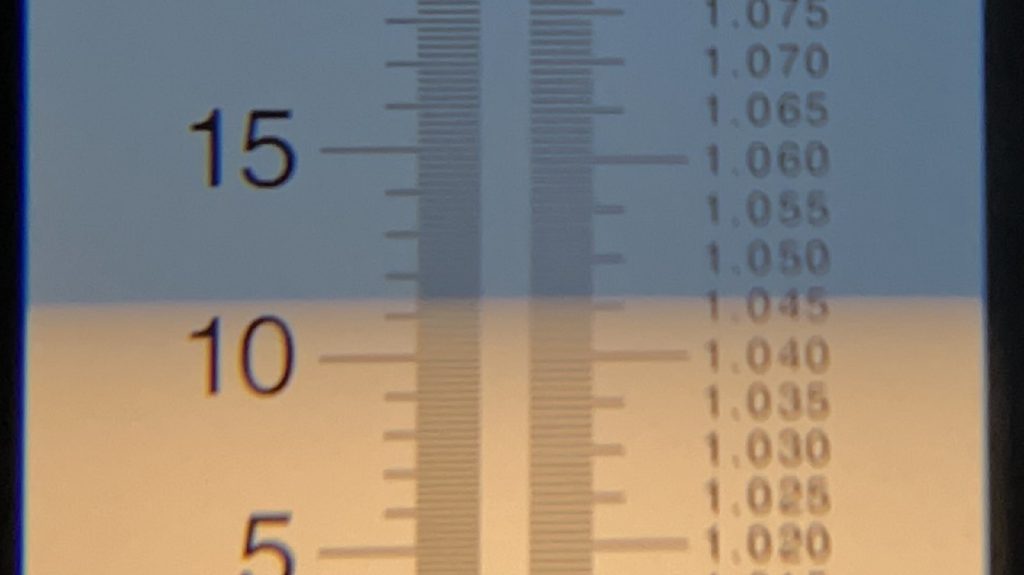
At this point, I pitched identical amounts of decanted yeast starter into each batch and left them to ferment at 50°F/10°C for 2 weeks before gradually raising the temperature to 62°F/17°C for a diacetyl rest. A week later, I took hydrometer measurements indicating the low trub beer had not attenuated as much as the high trub batch, so I let them sit for another week before taking hydrometer measurements showing a relatively small difference in FG.
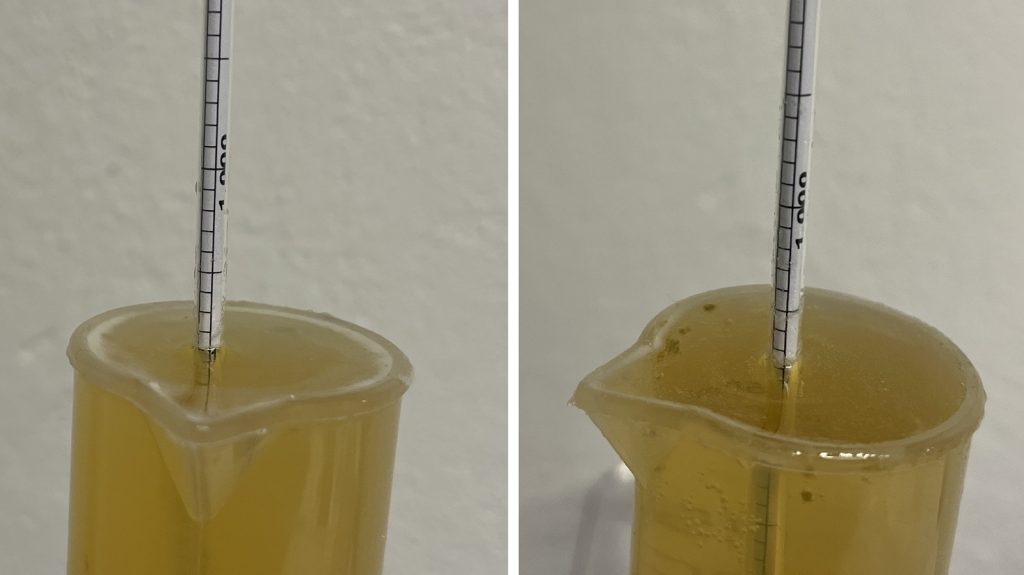
With both beers finished fermenting, I added the dry hops and left them alone for 24 hours before cold crashing overnight then pressure-transferring each to CO2 purged serving kegs. The filled kegs were placed on gas in my keezer where they sat for 3 weeks before they were ready for evaluation.
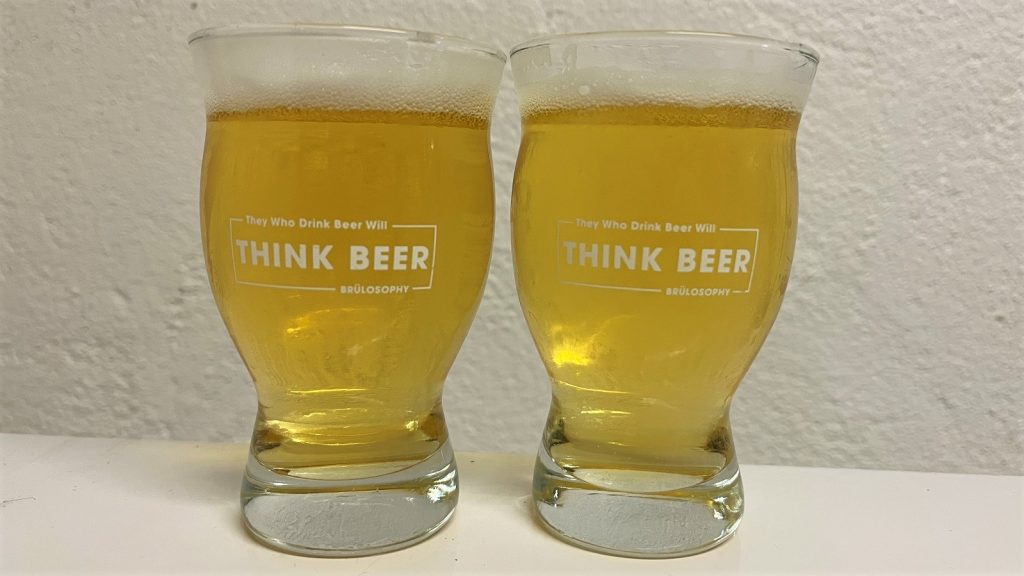
| RESULTS |
A total of 24 people of varying levels of experience participated in this xBmt. Each participant was served 1 sample of beer fermented with minimal trub and 2 samples of the beer fermented with a high amount of trub in different colored opaque cups then asked to identify the unique sample. While 13 tasters (p<0.05) would have had to accurately identify the unique sample in order to reach statistical significance, only 11 did (p=0.14), indicating participants in this xBmt were unable to reliably distinguish a West Coast Pilsner that was fermented with a minimal amount of kettle trub from one fermented with a high amount of kettle trub.
My Impressions: Out of the 5 semi-blind triangle tests I attempted, I correctly identified the odd-beer-out 2 times. To my palate, these beers were perceptibly identical, and I’m not complaining, as I believe this is the best West Coast Pilsner I’ve made to date.
| DISCUSSION |
In addition to the presumed impact on clarity, the presence of kettle trub during fermentation is also believed to have a negative effect on flavor as well as shelf-stability, while higher amounts have been shown to encourage good attenuation. Interestingly, tasters in this xBmt were unable to reliably distinguish a West Coast Pilsner that was fermented with a minimal amount of kettle trub from one fermented with a high amount of kettle trub.
Not only do these results provide further support for the claim that fermenting beer with relatively high amounts of kettle trub doesn’t guarantee a poor outcome, but the one fermented with essentially no kettle trub took longer to fully attenuate. The similarity in clarity could be due to the fact the beers were cool fermented over 3 weeks, cold crashed, then lagered in kegs for 3 more weeks before being served. That said, it’s possible perceptible differences between the beers would have become more apparent if they were given more time to age.
As someone who has put a good amount of effort into keeping as much kettle trub out of my fermenter as possible, these results were a bit of a surprise, as I suspected there to be some differences. The fact that even I, completely aware of the variable, couldn’t tell these beers apart has left me inclined to include a reasonable amount of kettle trub in my fermenter going forward, at least when making hoppier styles.
If you have any thoughts about this xBmt, please do not hesitate to share in the comments section below!
Support Brülosophy In Style!
All designs are available in various colors and sizes on Amazon!
Follow Brülosophy on:
FACEBOOK | TWITTER | INSTAGRAM
If you enjoy this stuff and feel compelled to support Brulosophy.com, please check out the Support page for details on how you can very easily do so. Thanks!


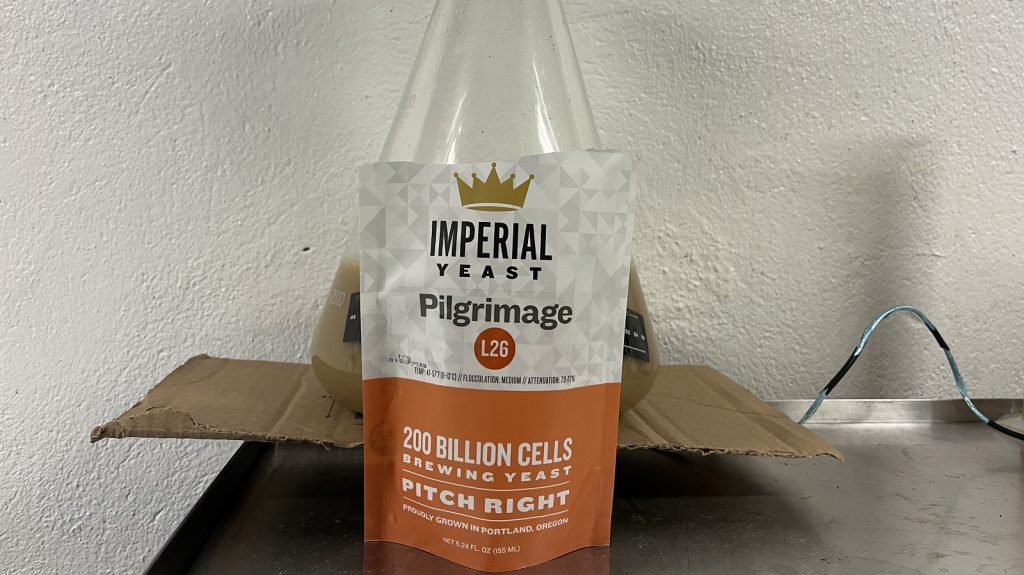
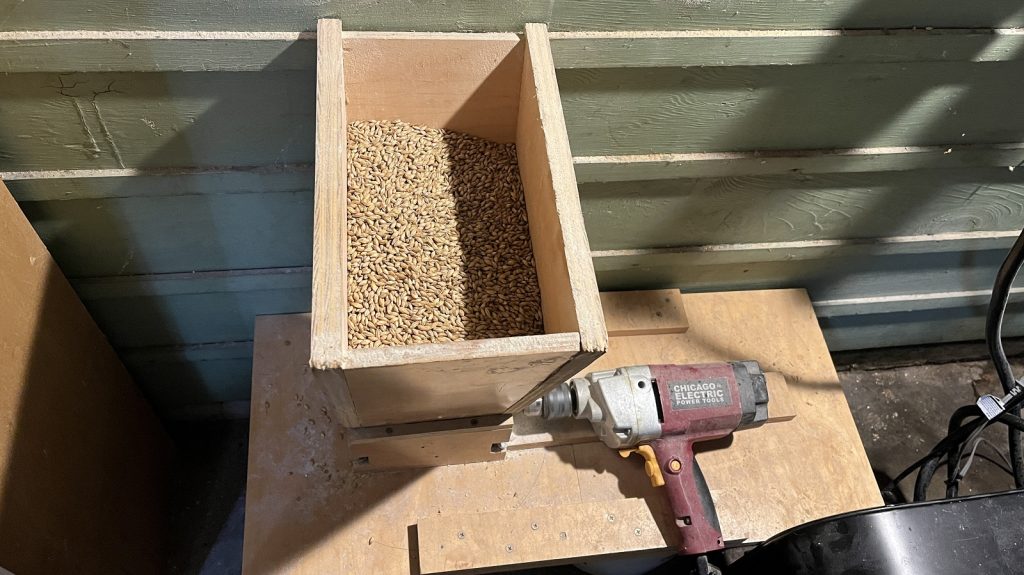
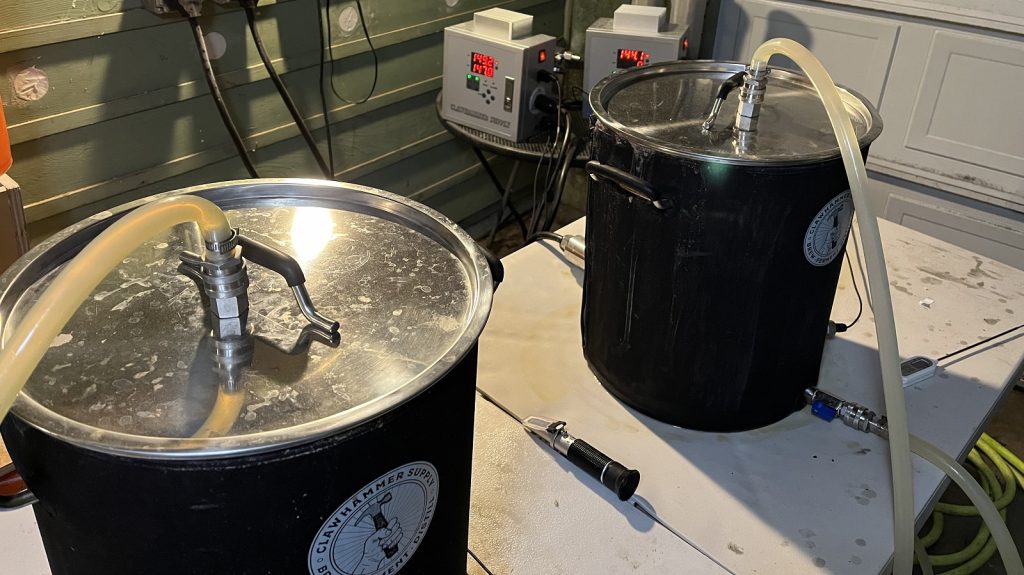
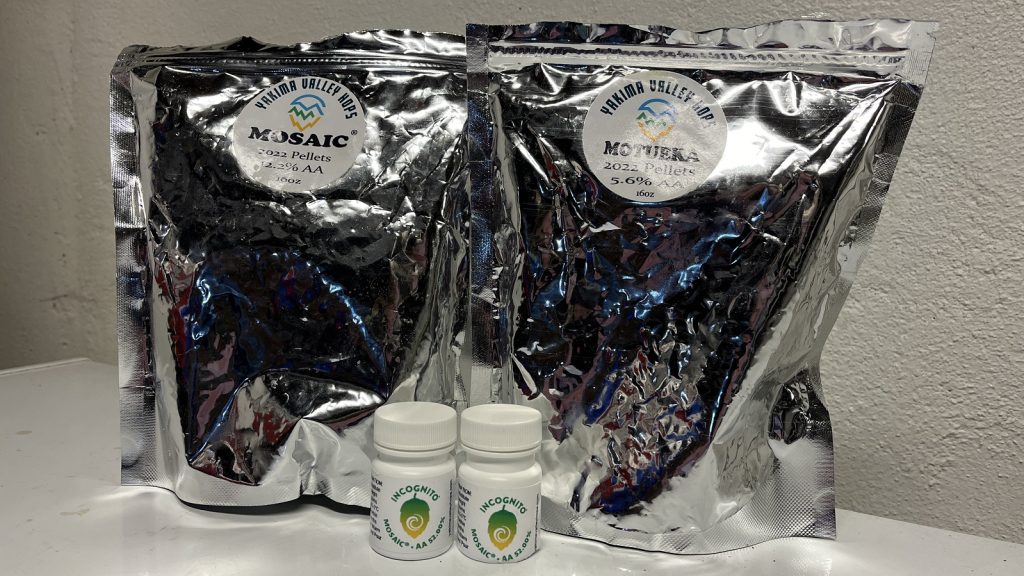
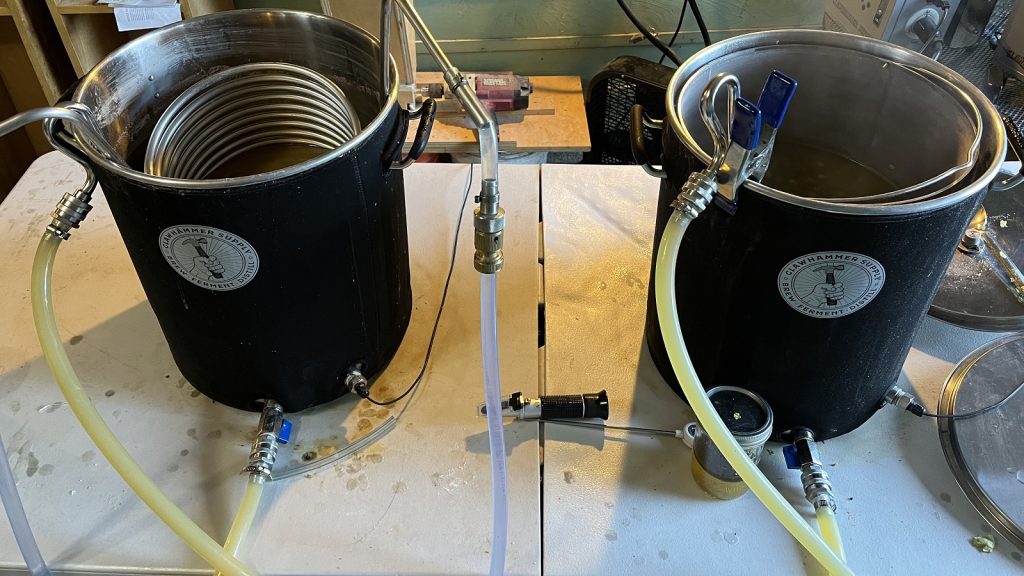
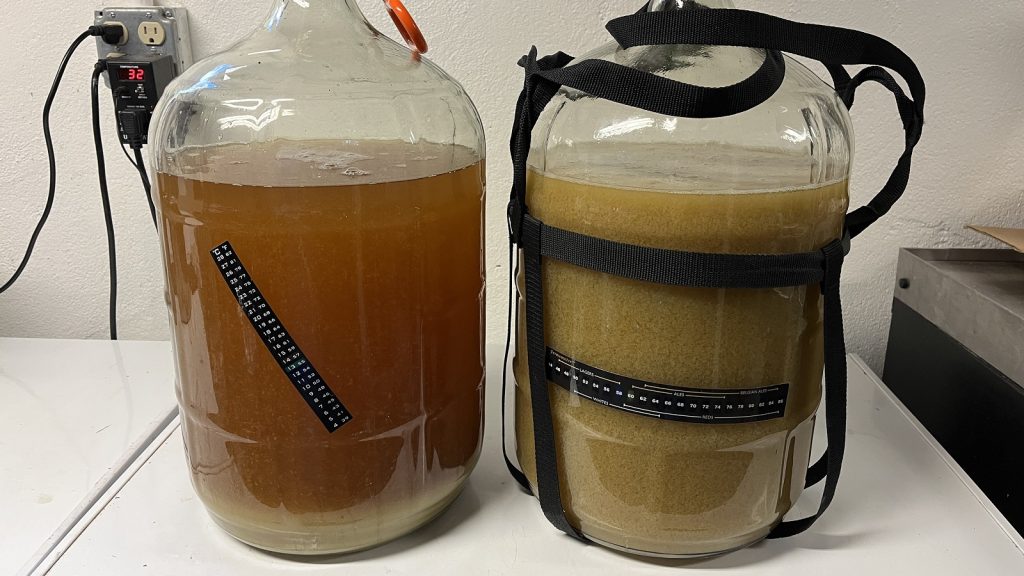











6 thoughts on “exBEERiment | Kettle Trub: Low vs. High In A West Coast Pilsner”
I would be interested in a test after 3 or more months time since there should be a negative effect on shelf life. Especially important for hoppy beers. Maybe there will be a follow up? 🙂
Anecdotal as always, but I made a pale ale with a dip hop, whirlpool and 4oz per 5gal dry hop and it’s been in keg for 154 days and still smells/tastes/looks great. I tend not to worry about clear wort to the fermenter and will just keep doing what I do with this info to reinforce the idea.
I truly appreciate each article and as a serious brewer (60 kegs a year) I also have done this trub test many times. Thanks for confirming my conclusions that others have disputed. I appreciate your scientific approach to dispell myths of brewing! Brew on!
As shown in any NEIPA, dry hopping fades quickly, loosing a lot of character in a month. It would have been interesting to have tried your west coast pilsner before lagering, to see if it had more hop pop.
What was the yield? Did you get equal amounts into the keg. Great information. Thank you
I made sure to rack equal amounts of wort into each FV, but I did not measure how much beer made it into each serving keg. My guess is it was similar.